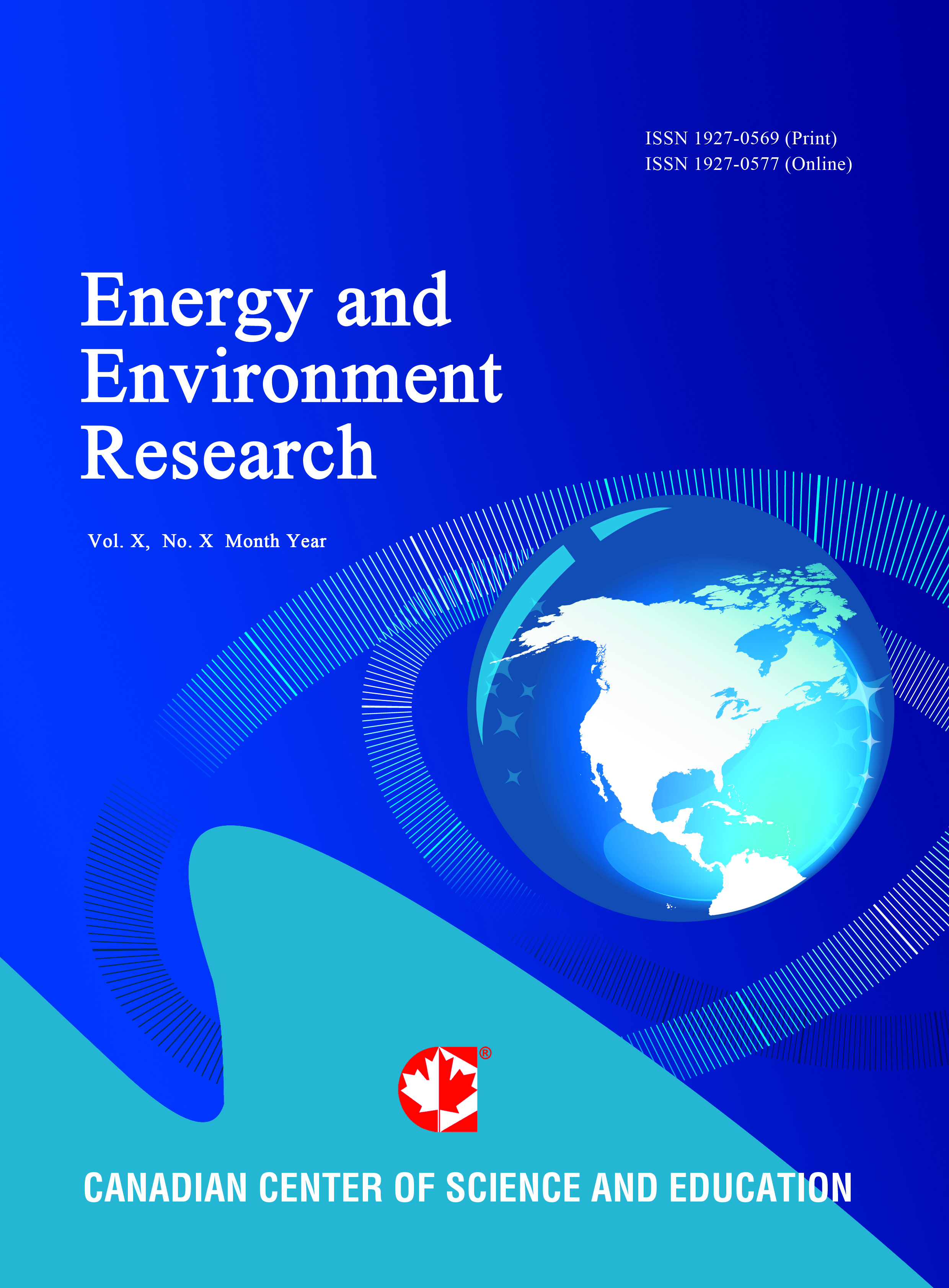Feasibility Study of Using Excess Heat from GTL Process for Seawater Desalination
- Jagannath Saiyee Srivatsan
- Mahmood Amani
Abstract
Over the years, the increasing prices of crude oil and environmental issues have been the major factors for monetizing natural gas to several products such as LNG, NGL and GTL. With over 910 Tcf of natural gas reserves in Qatar (gas-in-place and recoverable resources), there is tremendous capacity for additional GTL plants in Qatar. Out of the global projected GTL production of 1.92 million B/d, Qatar alone already has planned to produce 696,000 B/d (36% of total global production). One of the efficient ways of using the exothermic heat from GTL is for desalination. This helps in reducing a large quantity of the fresh fuel to be used as energy input for desalination.
The need for this study is to investigate the availability of exothermic heat from the Gas-To-Liquids (GTL) process to desalinate seawater thereby producing substantial volumes for industrial and/or domestic sectors. This is performed by first designing a schematic base case model of the GTL operation using Aspen Plus. The quantity and quality of heat available from the cooling of the syngas and syncrude streams is used as the energy source for the desalination process. Both thermal desalination and reverse osmosis processes are considered to determine the optimal process for desalination. An integrated GTL-Desalination (GTL-D) process is later designed to compare the output ratio of the GTL-D as opposed to a standalone desalination process.
- Full Text:
 PDF
PDF
- DOI:10.5539/eer.v2n1p182
Journal Metrics
(The data was calculated based on Google Scholar Citations)
h-index (July 2022): 19
i10-index (July 2022): 53
h5-index (July 2022): N/A
h5-median(July 2022): N/A
Index
- BASE (Bielefeld Academic Search Engine)
- CiteFactor
- CNKI Scholar
- Elektronische Zeitschriftenbibliothek (EZB)
- Excellence in Research for Australia (ERA)
- Genamics JournalSeek
- Google Scholar
- NewJour
- Norwegian Centre for Research Data (NSD)
- PKP Open Archives Harvester
- Publons
- ROAD
- SHERPA/RoMEO
- Standard Periodical Directory
- Ulrich's
- Universe Digital Library
- WorldCat
Contact
- Lesley LuoEditorial Assistant
- eer@ccsenet.org
